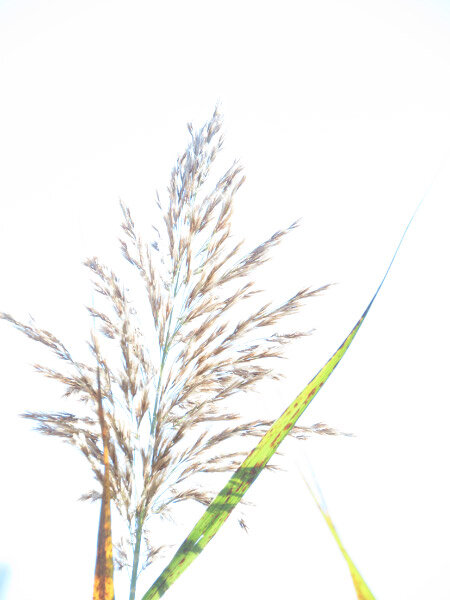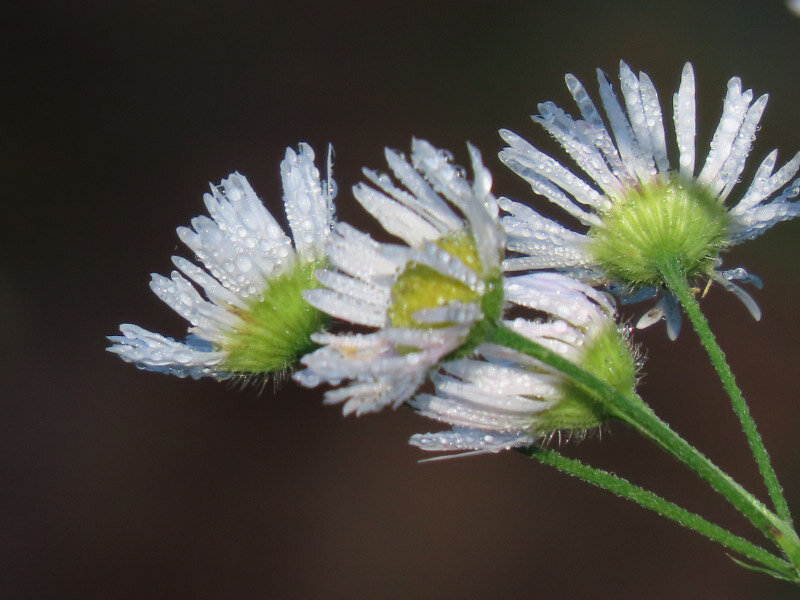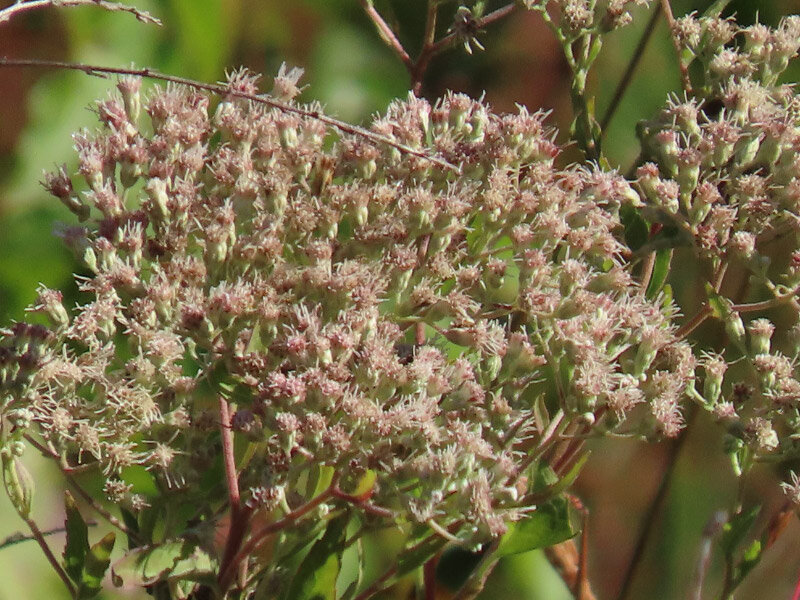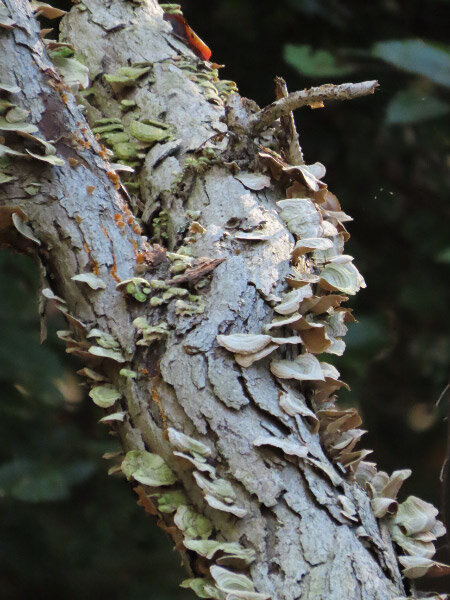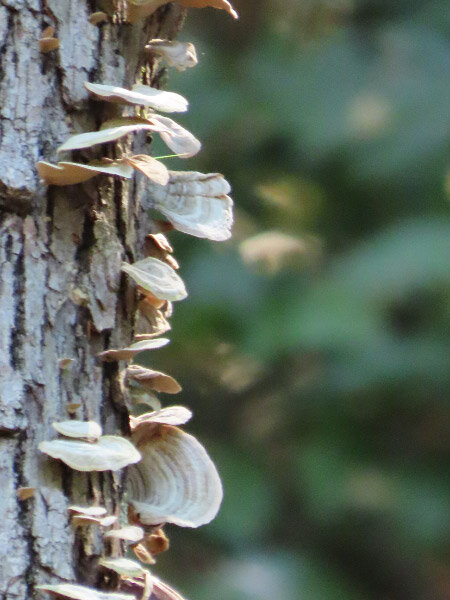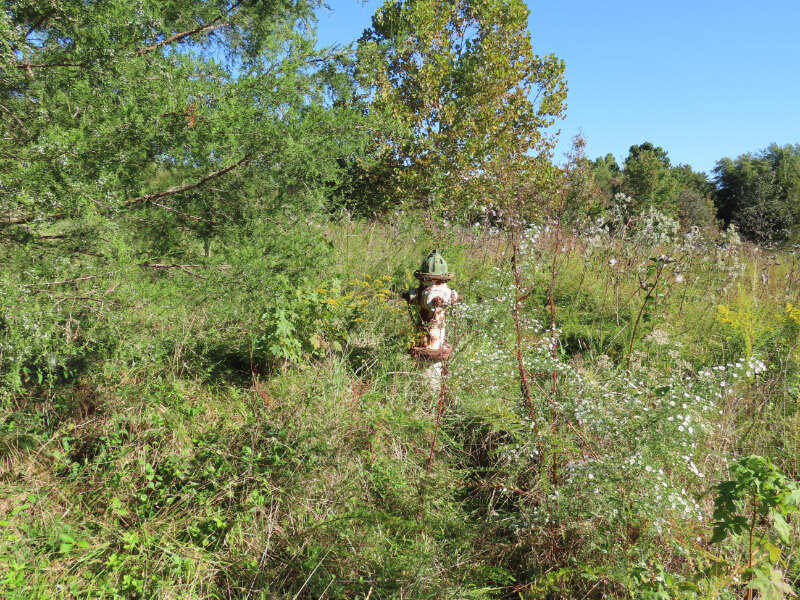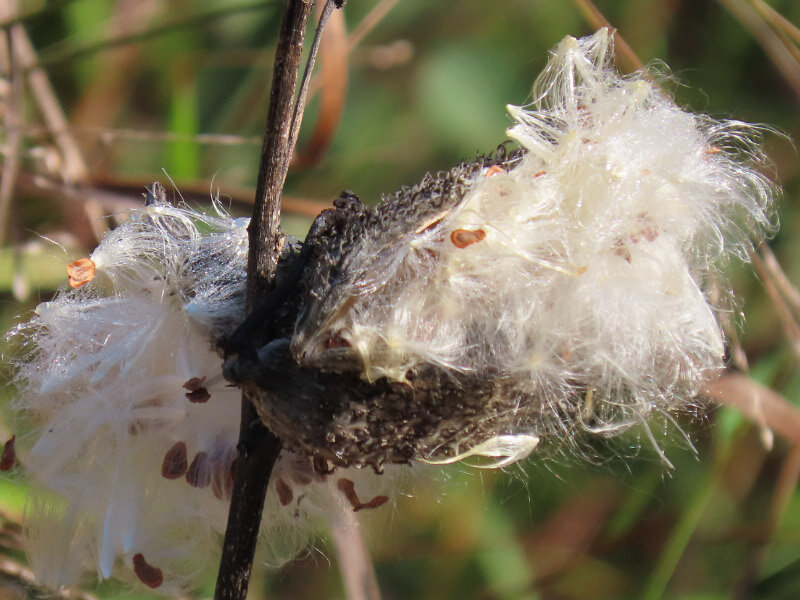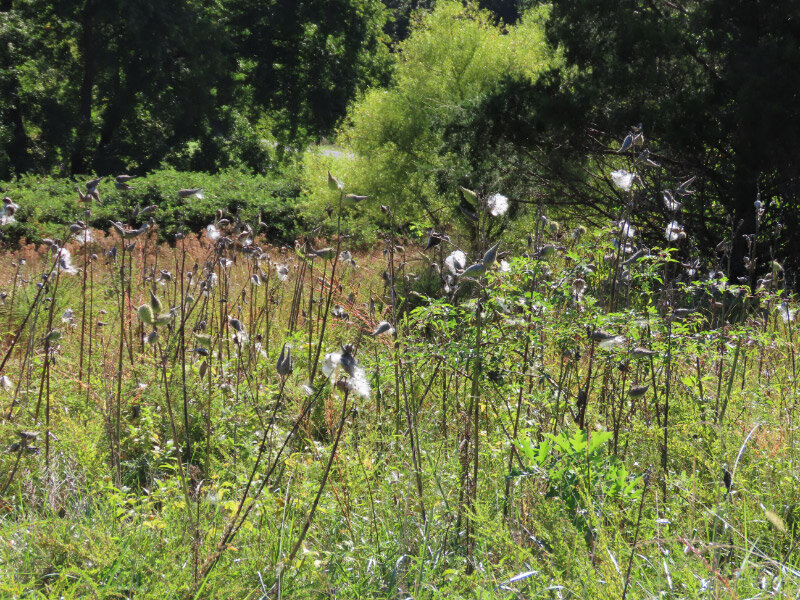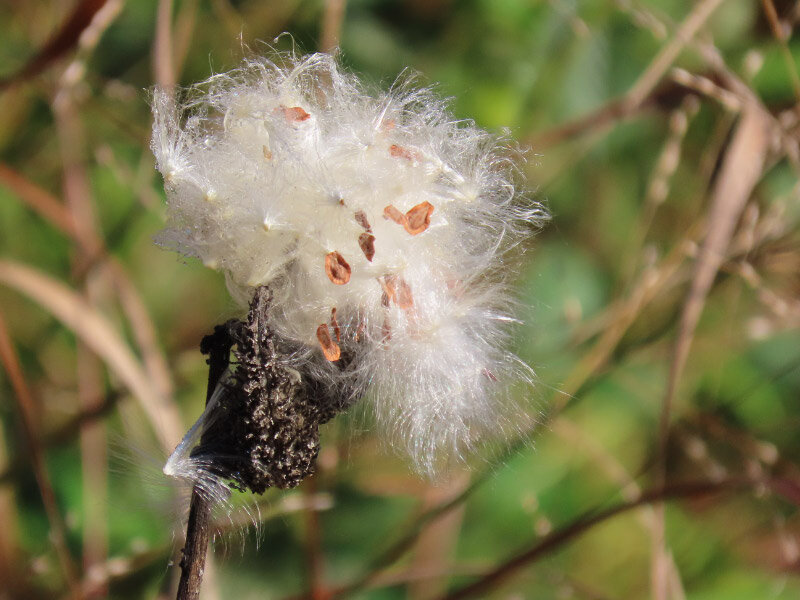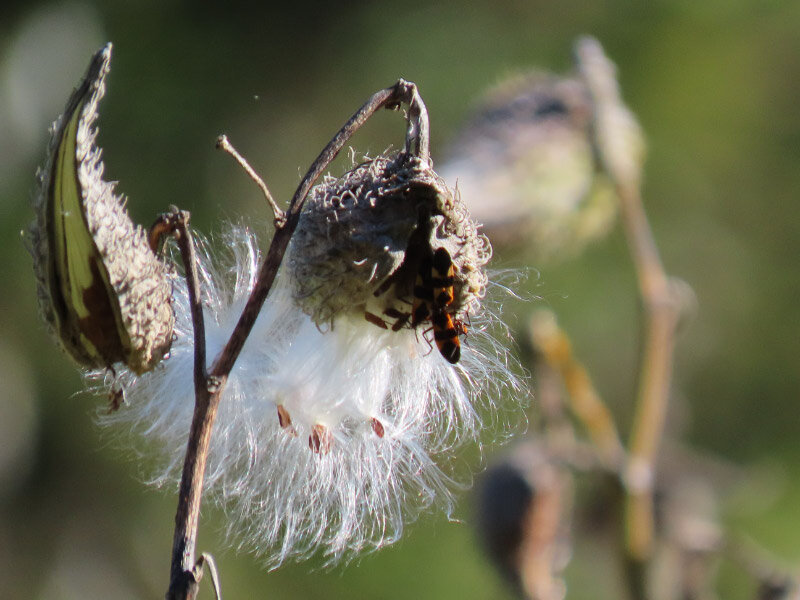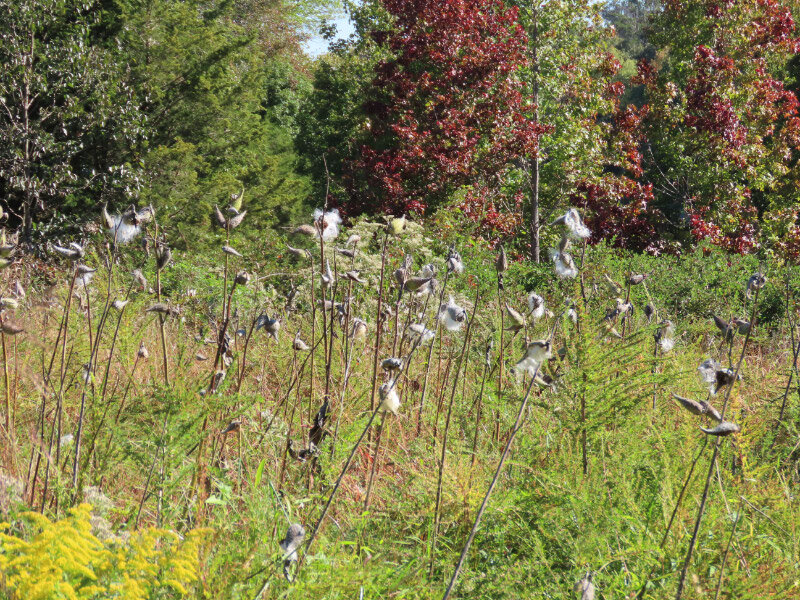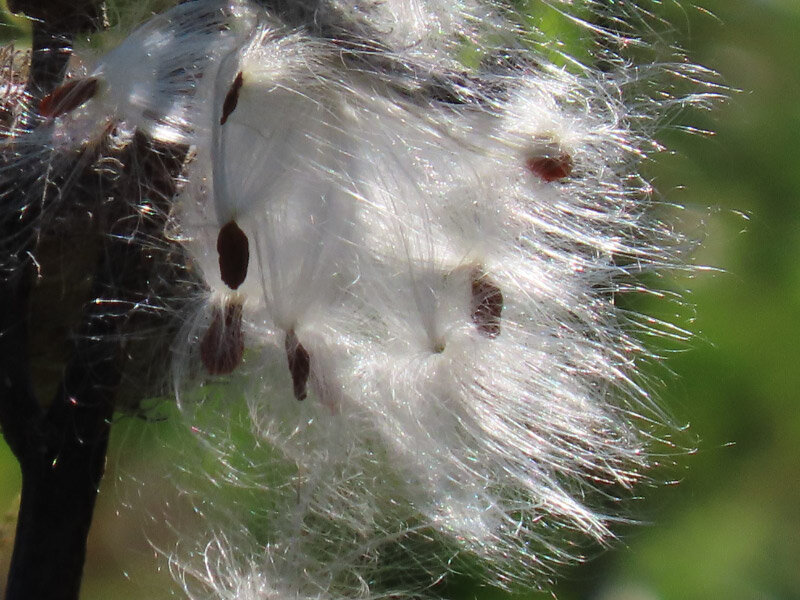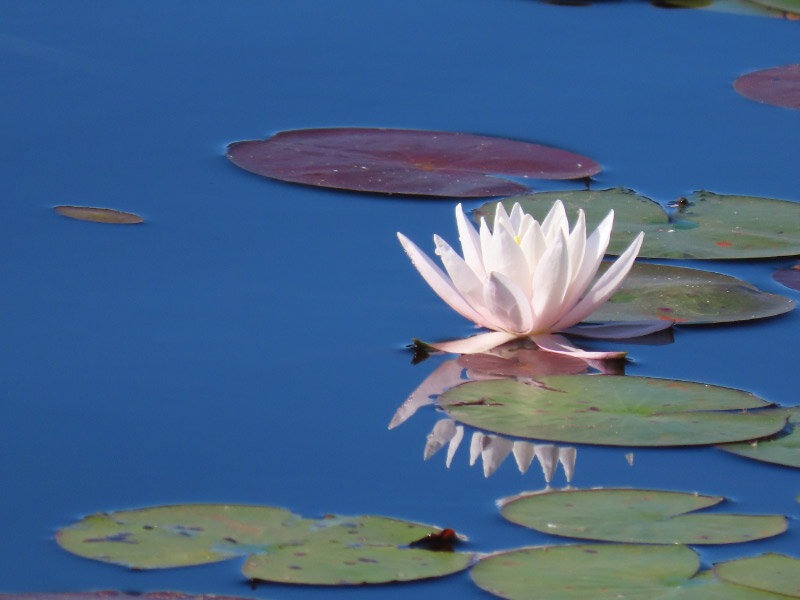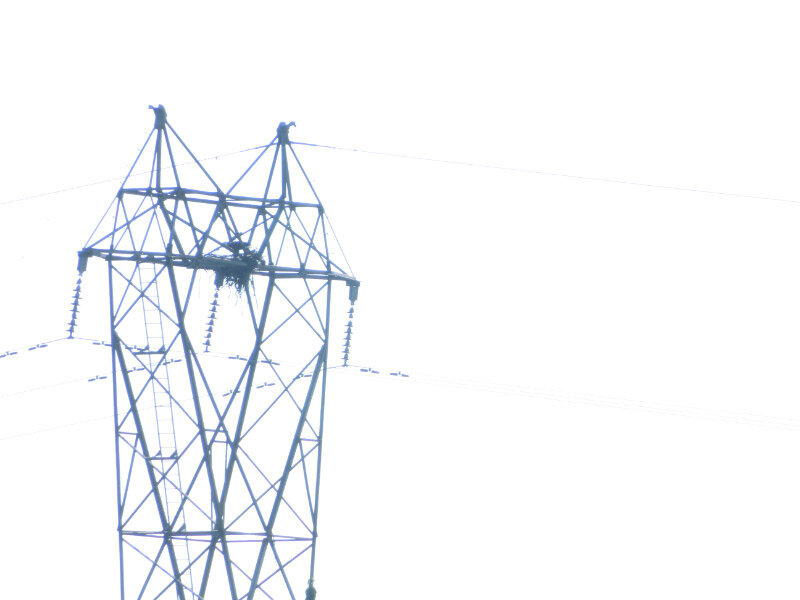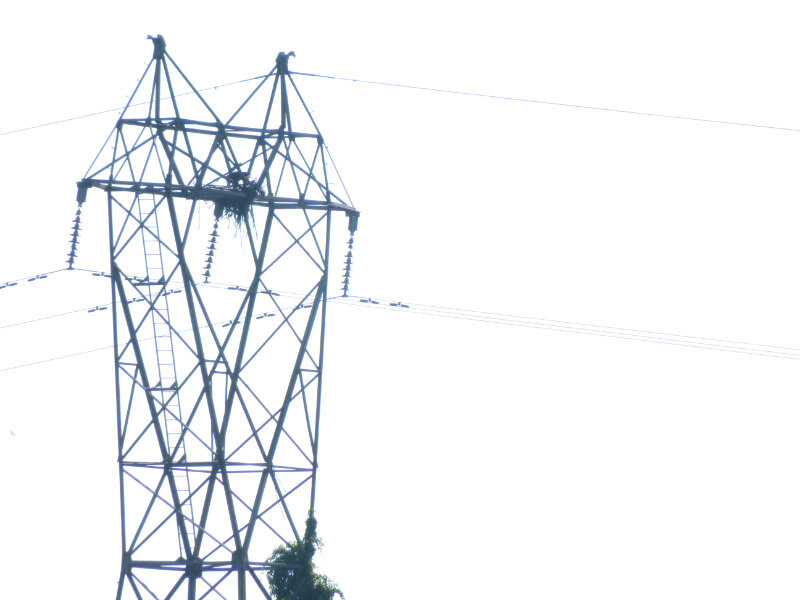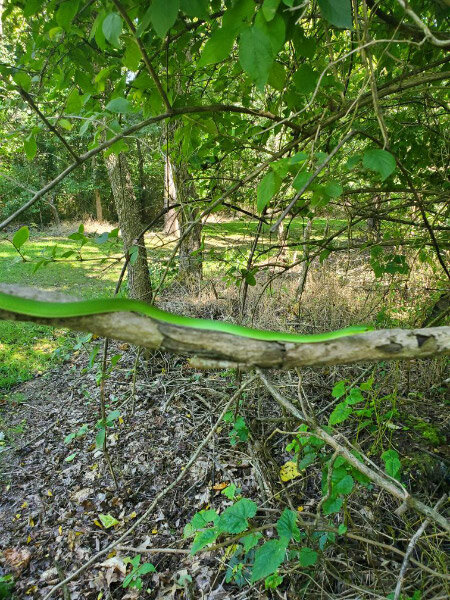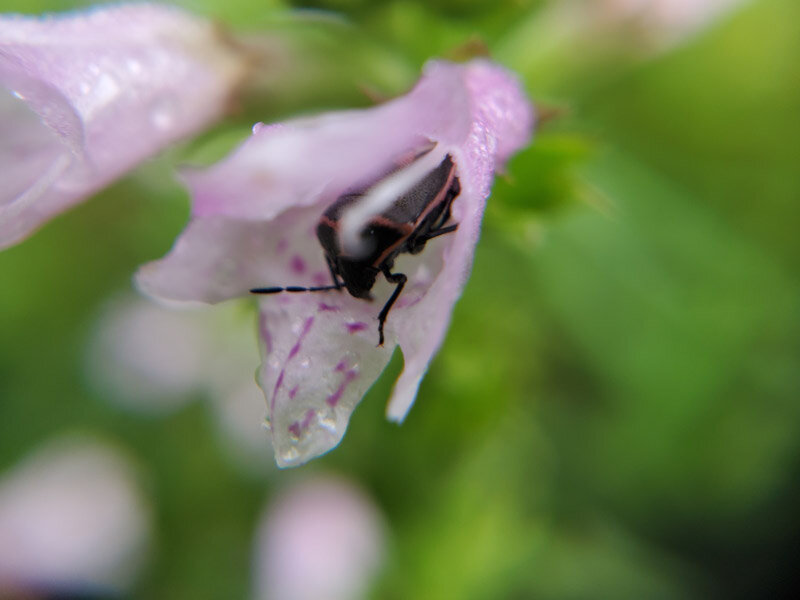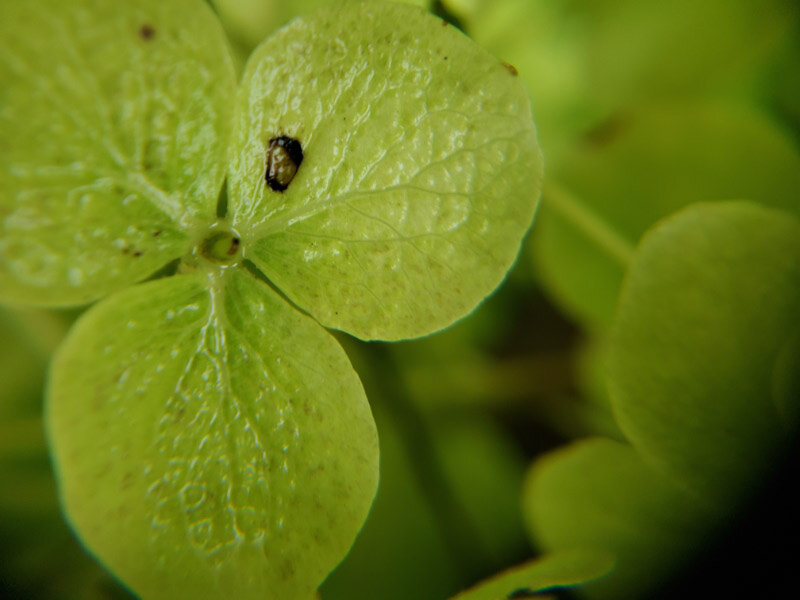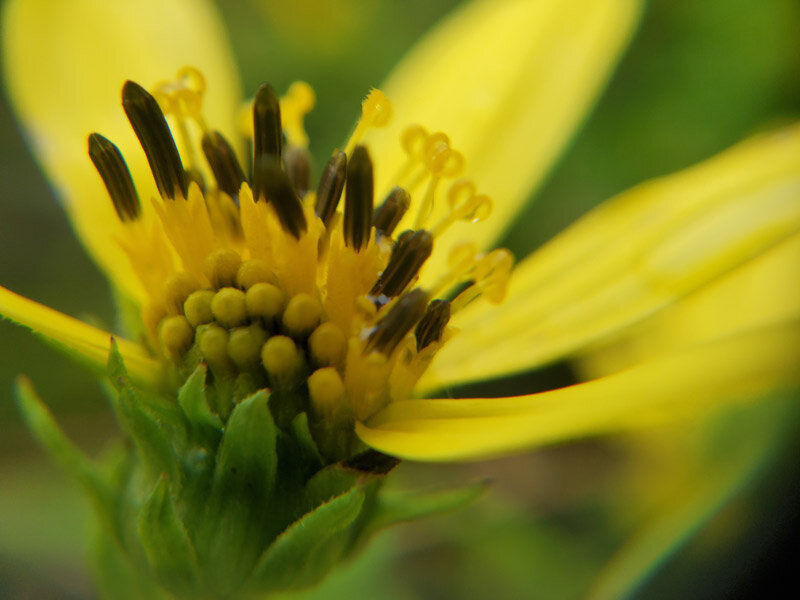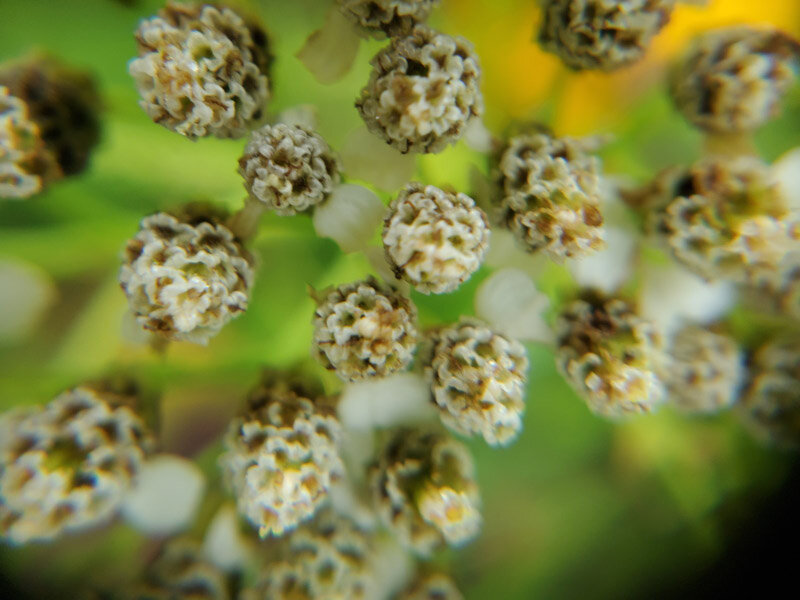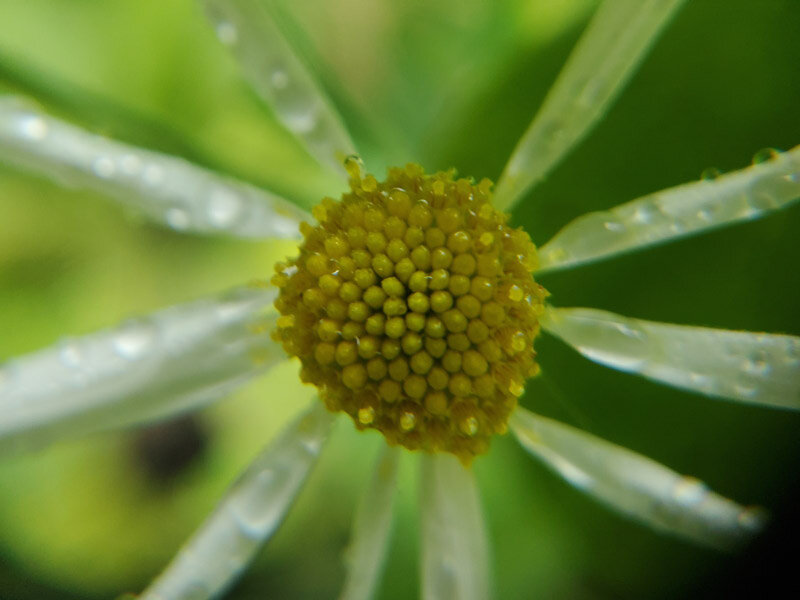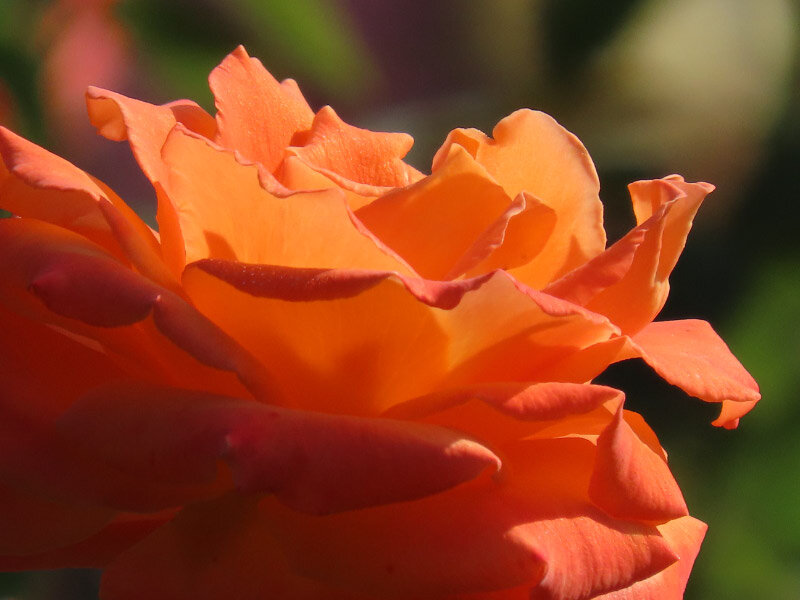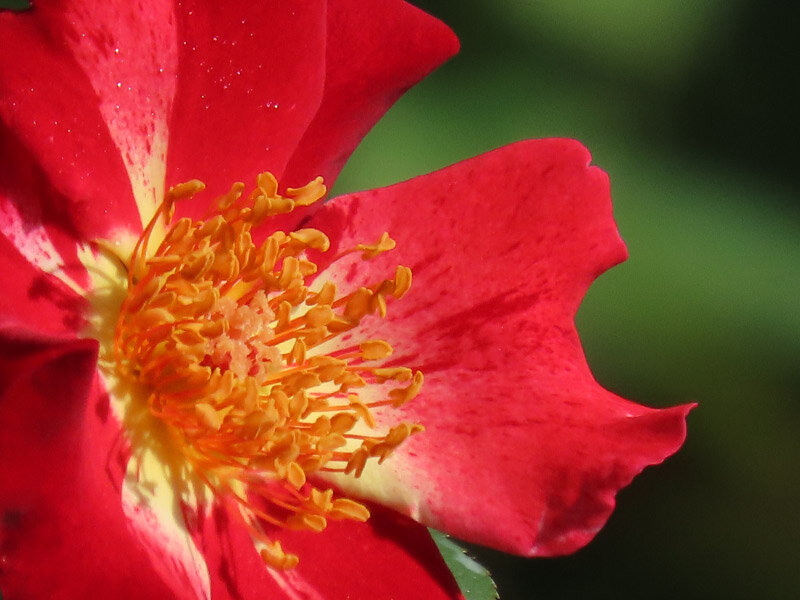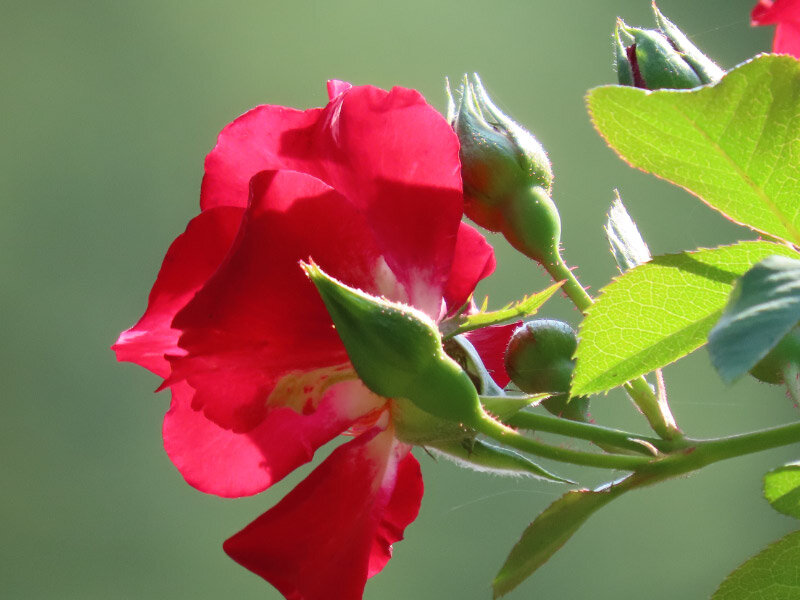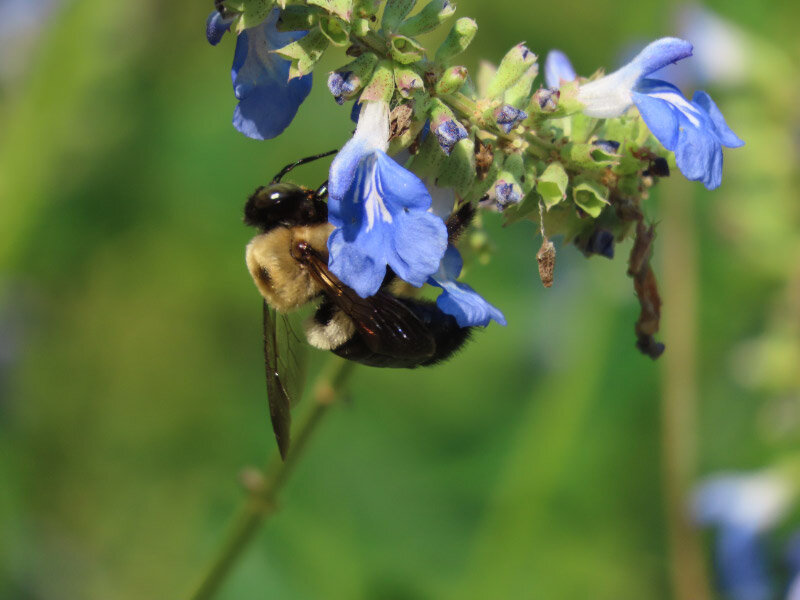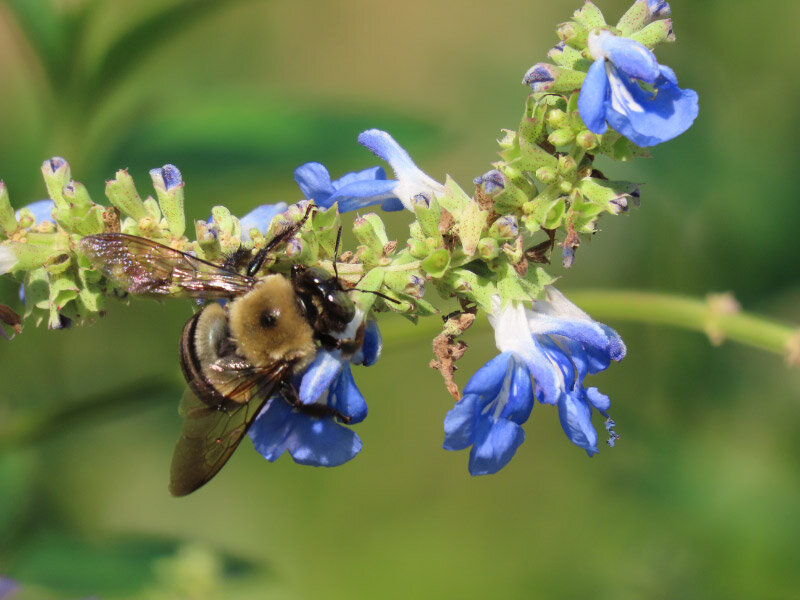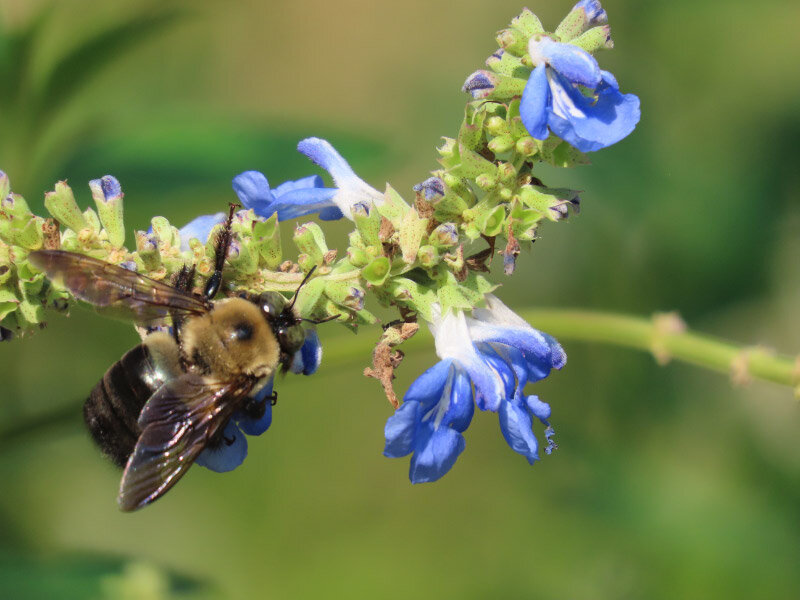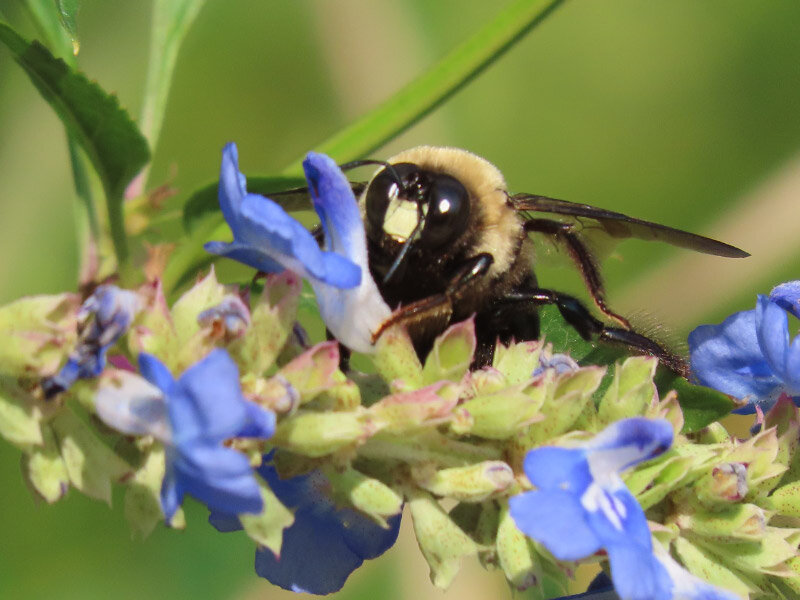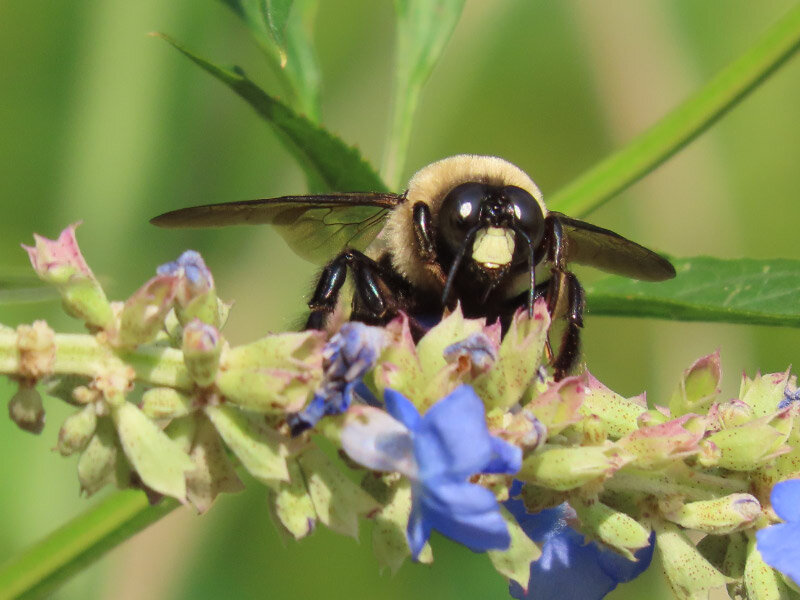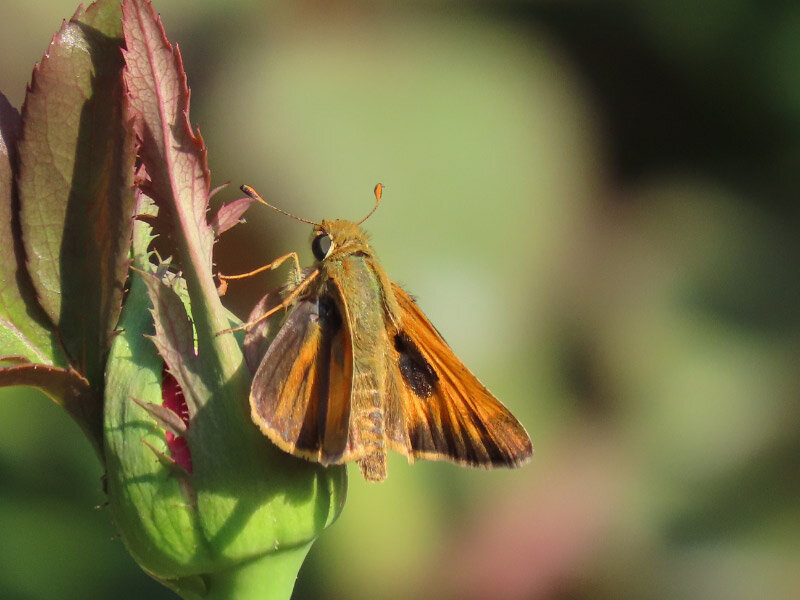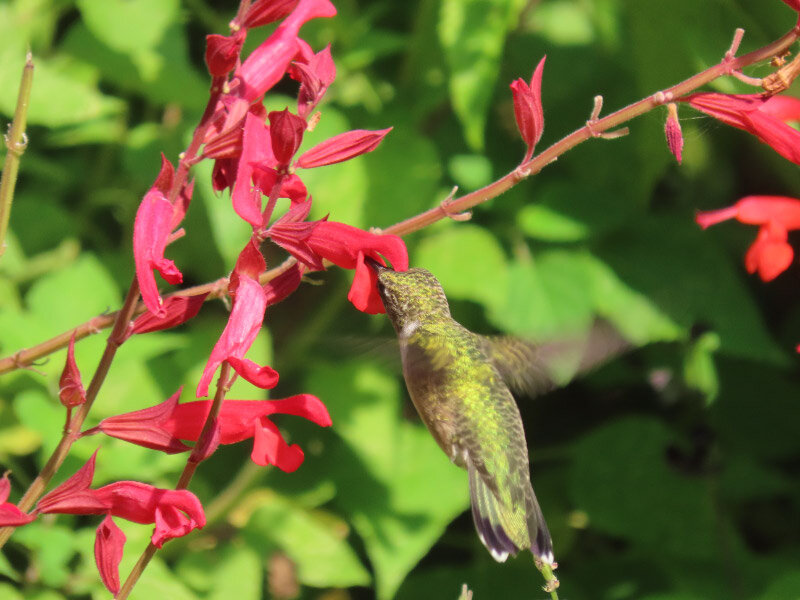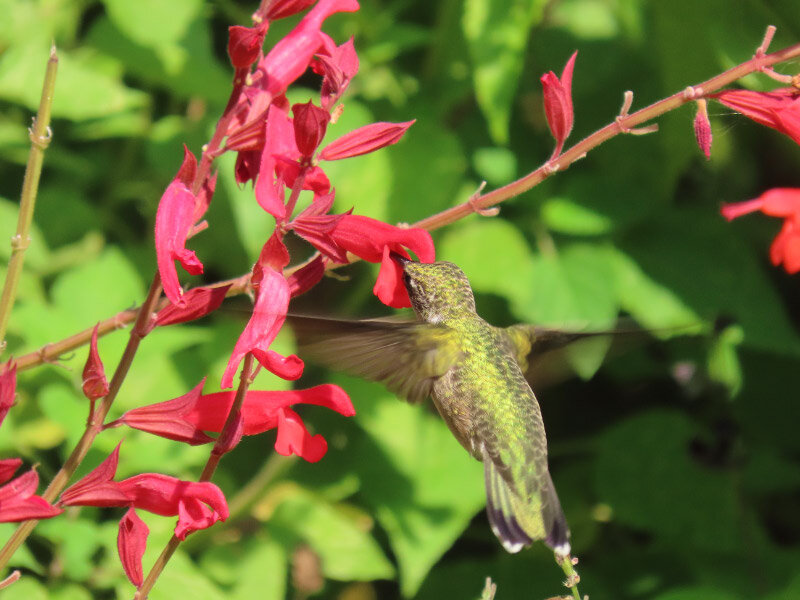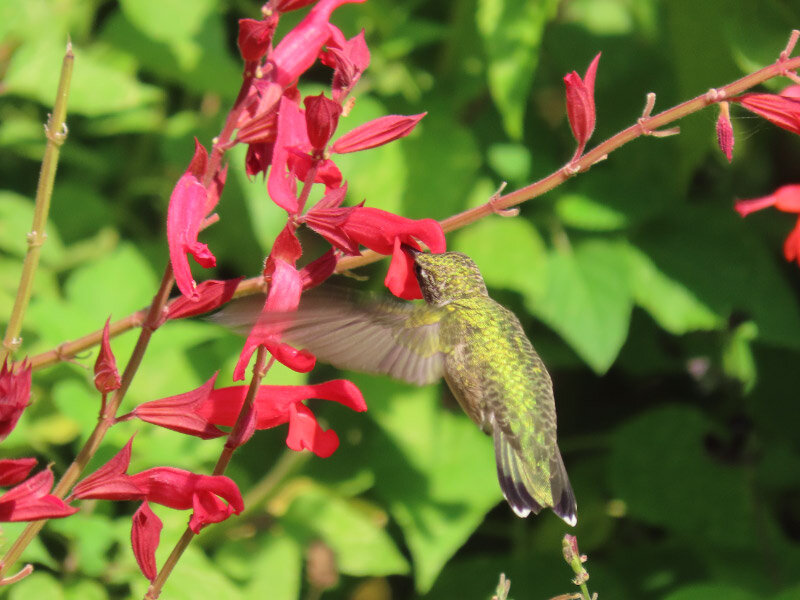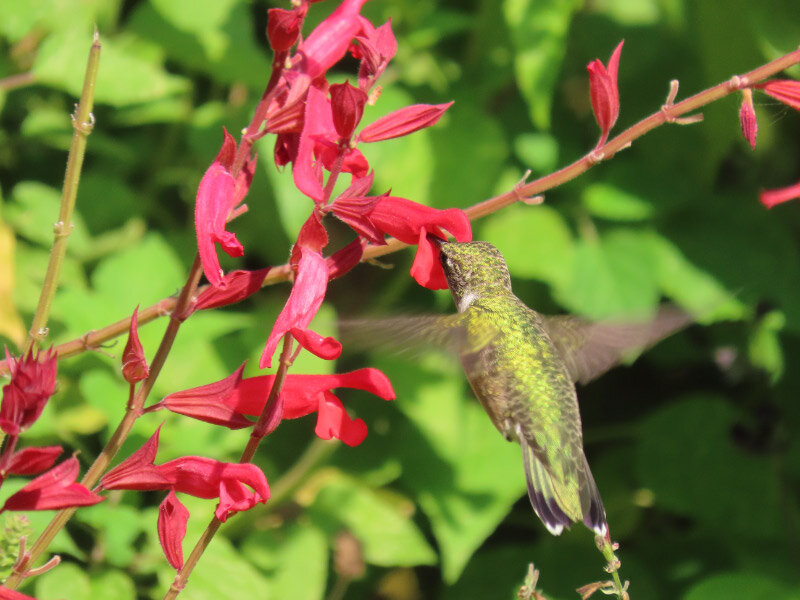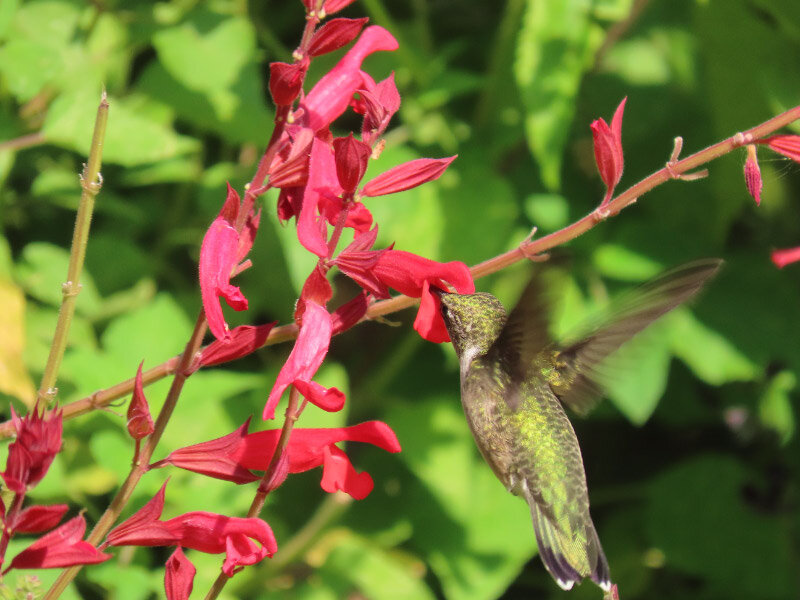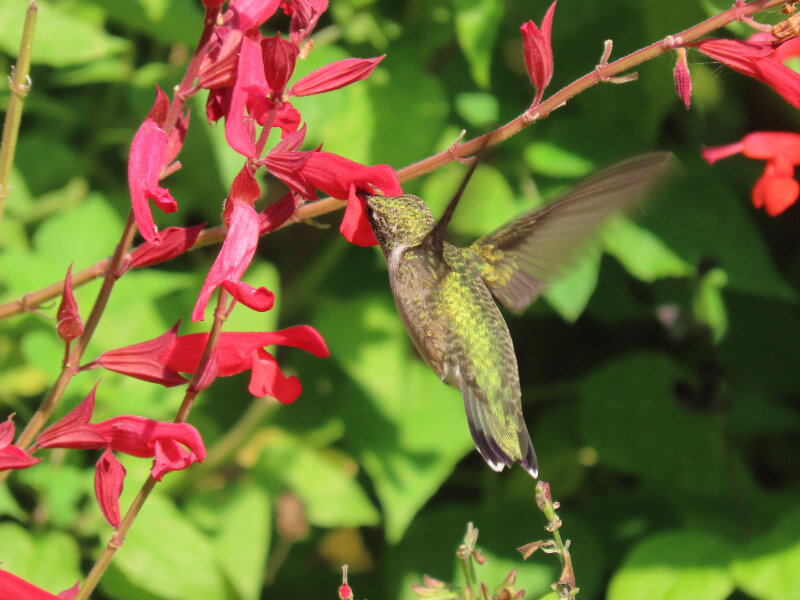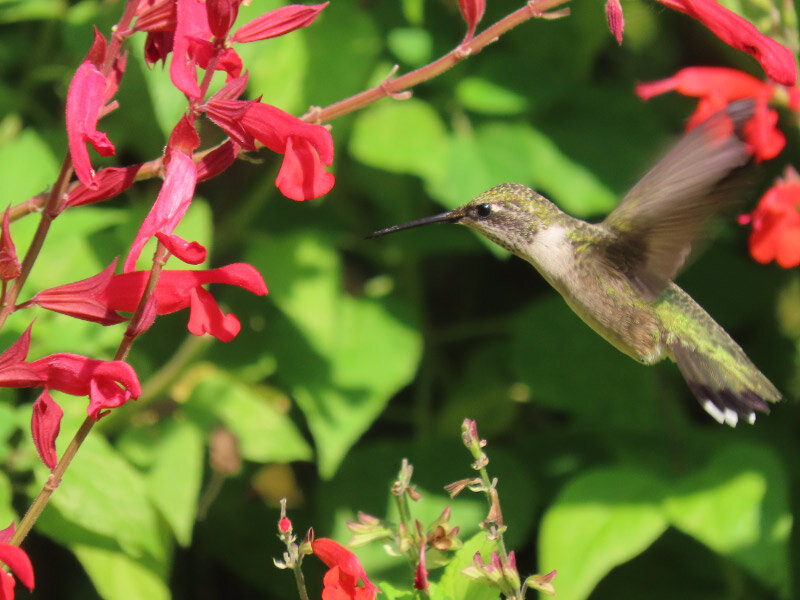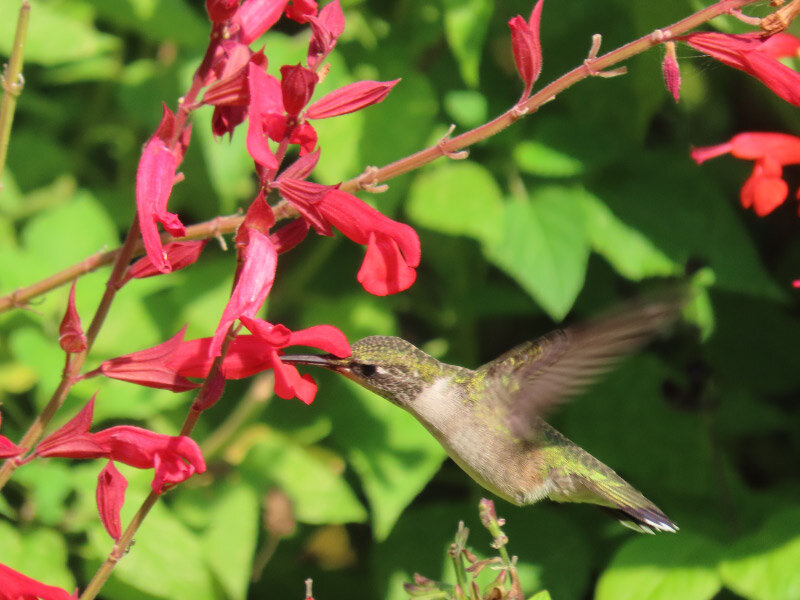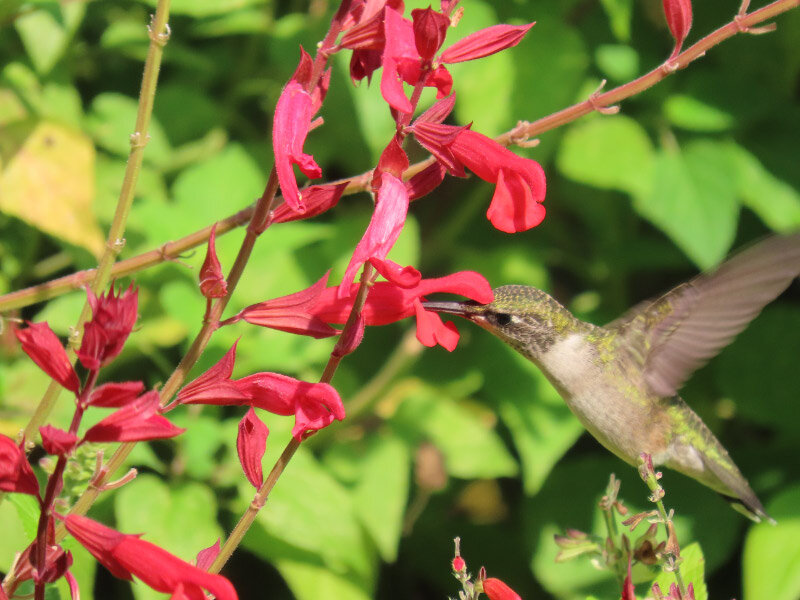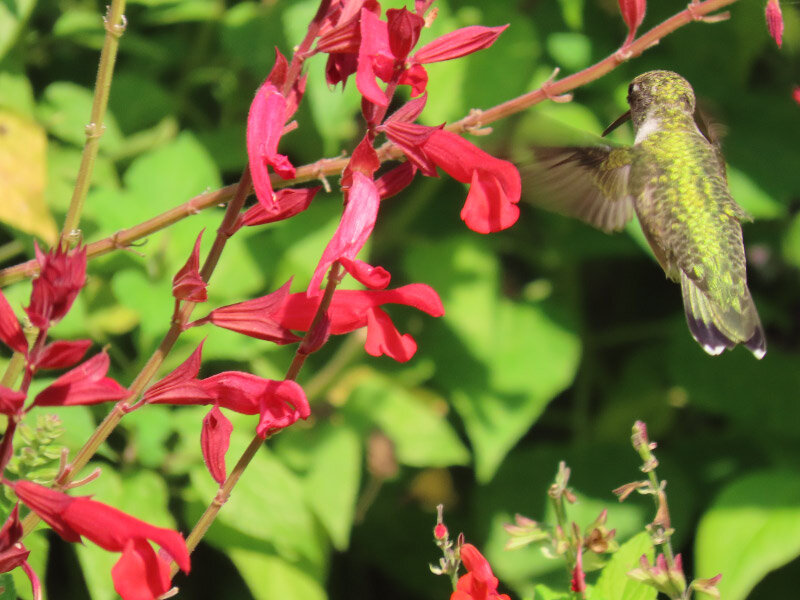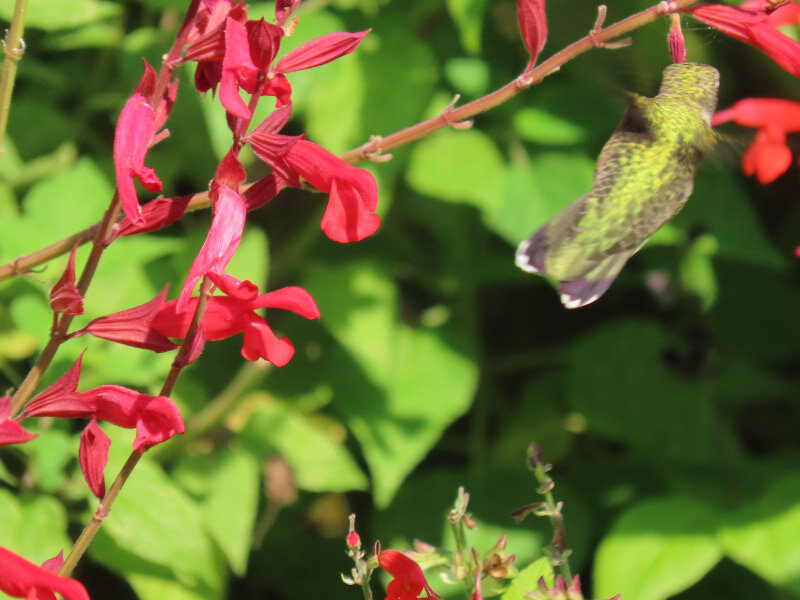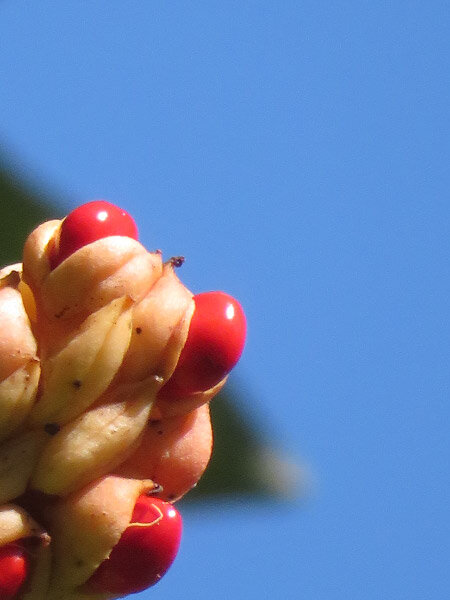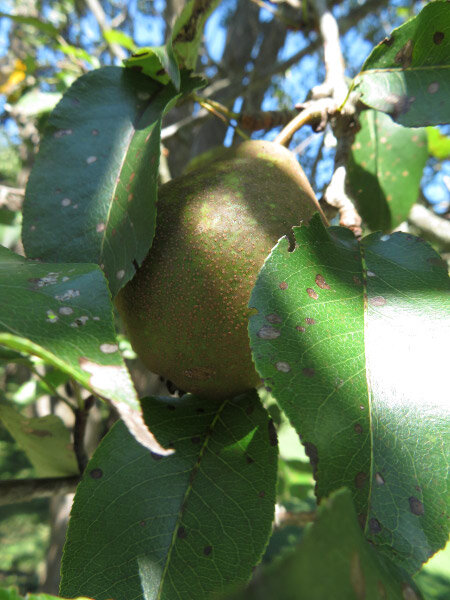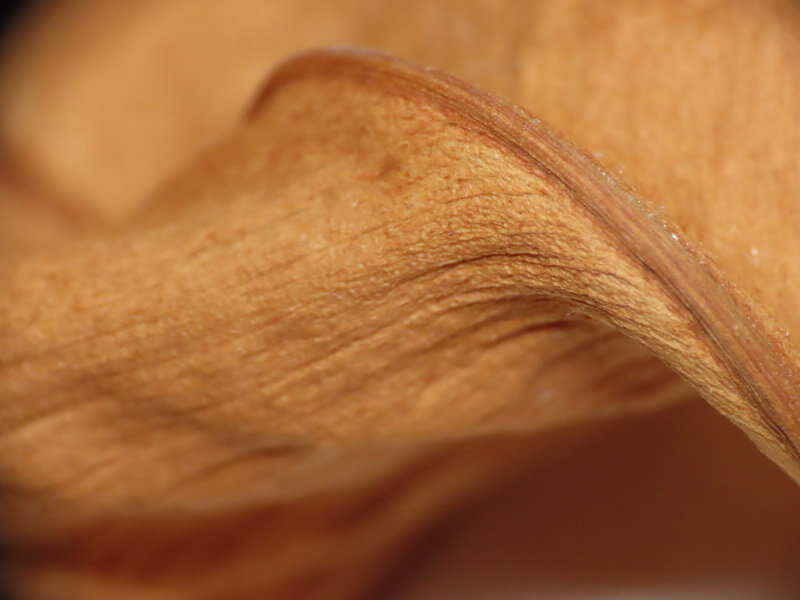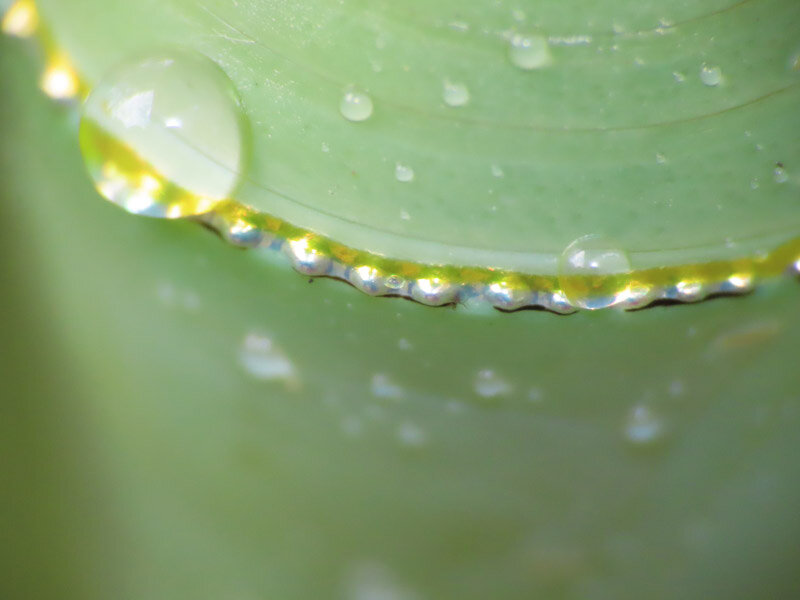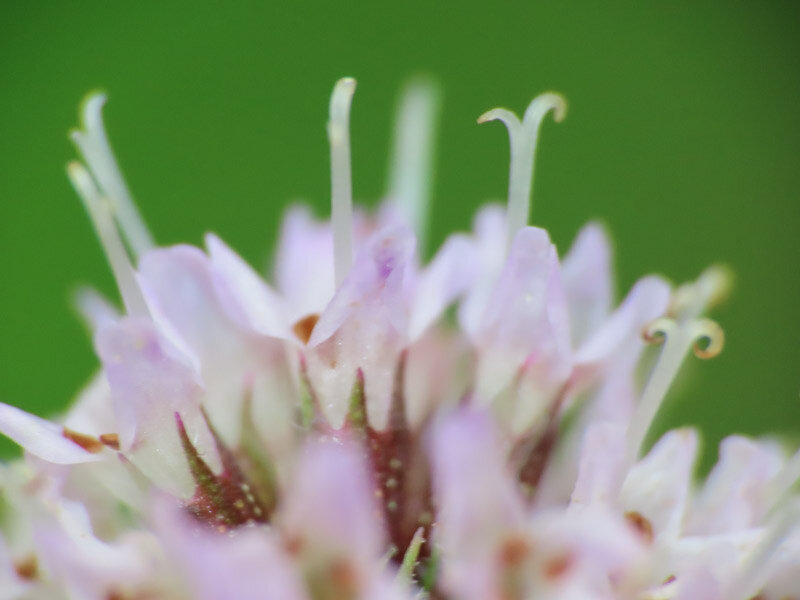The items below were ‘the cream’ of the articles and websites I found this past week. Click on the light green text to look at the article.
Entomologists Eradicated the First Asian Giant ‘Murder’ Hornet Nest of 2021 – Includes a picture of the 9 layers of the nest that was carved into an alder tree’s interior.
Turning thermal energy into electricity – It seems like this type of electricity production would have application beyond the military. Even solar panels produce heat and finding a way to automatically harness that into more electricity would be a good thing.
Climate Change Producing More “Fire Weather” as Far East as Oklahoma – It’s not just the west coast that has a higher risk for fire as the planet gets hotter.
Aztec Pictograms Are the First Written Records of Earthquakes in the Americas – One of the pictograms matched to a 1507 earthquake that coincided with a solar eclipse!
Food systems: seven priorities to end hunger and protect the planet – A thoughtful commentary re ending hunger and improving diets; de-risking food systems; protecting equality and rights; boosting bioscience; protecting resources; sustaining aquatic foods; and harnessing digital technology.
Eating walnuts daily lowered 'bad' cholesterol and may reduce cardiovascular disease risk – There was a similar article about pecans a few days ago. I’m glad I like both walnuts and pecans! However – ½ cup is a lot to eat in one day. Usually ¼ cup is considered a serving.
Top 25 birds of the week: Woodpeckers! – I always enjoy hearing a woodpecker in the forest…and its a special tree to see them in our yard. The piliated, downy, and red-bellied woodpeckers are native to our area.
How to fight microplastic pollution with magnets – Many people filter their drinking water…but the conversation about filtering microplastics is newer. Hopefully filters that are effective and affordable will become the norm. It will take a long time to reduce the microplastic load already in the Earth’s water. We are just not recognizing the damage they are causing.
Americans Moving to Disaster-Prone Areas, Despite Climate Change – I’ve started to think about this more recently so appreciated seeing this post. Taking climate change into account – why would anyone buy property in areas that will be increasingly flood prone or incredibly hot/dry? A house nestled in a forest may look appealing but there are an increasing number of people that have already experienced the hazards of that beauty.
1,800-Year-Old Flower Bouquets Found in Tunnel Beneath Teotihuacán Pyramid – I visited Teotihuacan in the spring of 1966 when my parents took me to Mexico City. It was one of the highlights of the trip. The new discoveries are interesting….and I am thinking about whether I would like to see it again. Maybe in spring of 2026? The article references a site with some great pictures of Teotihuacan – worth a look.

